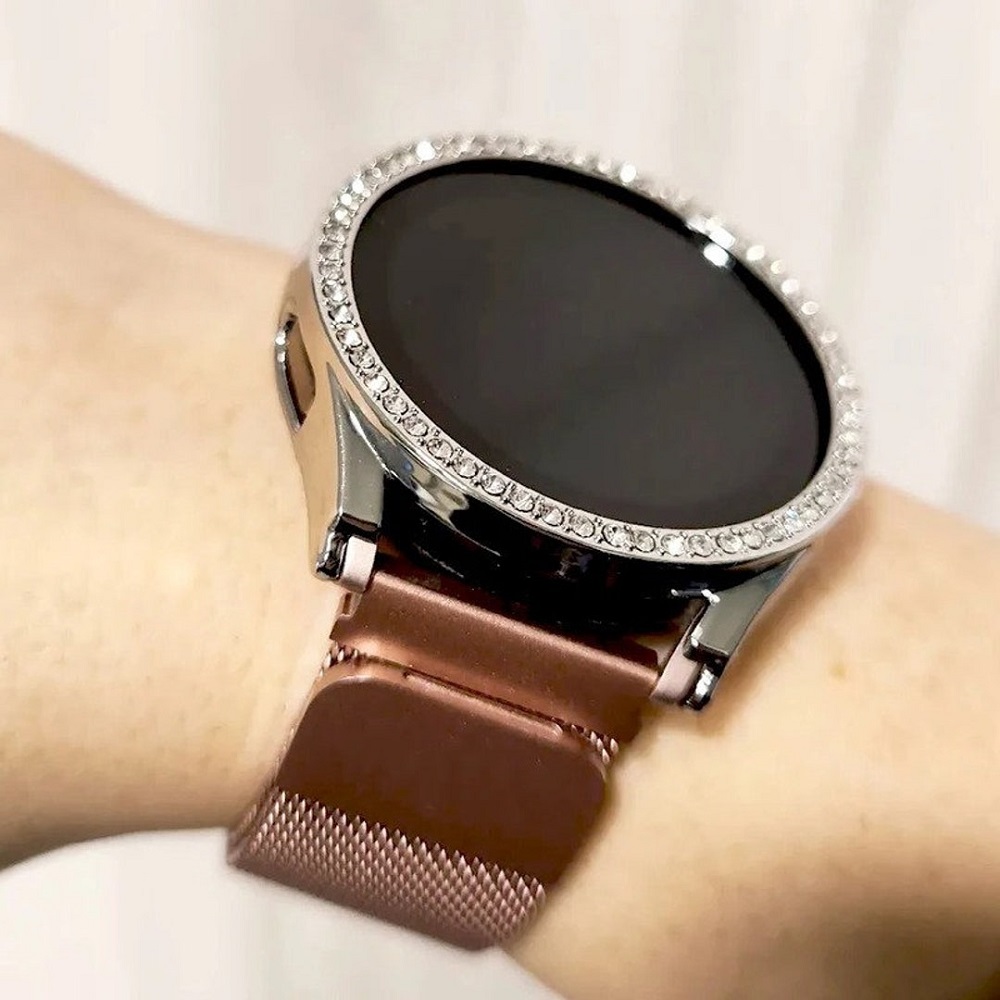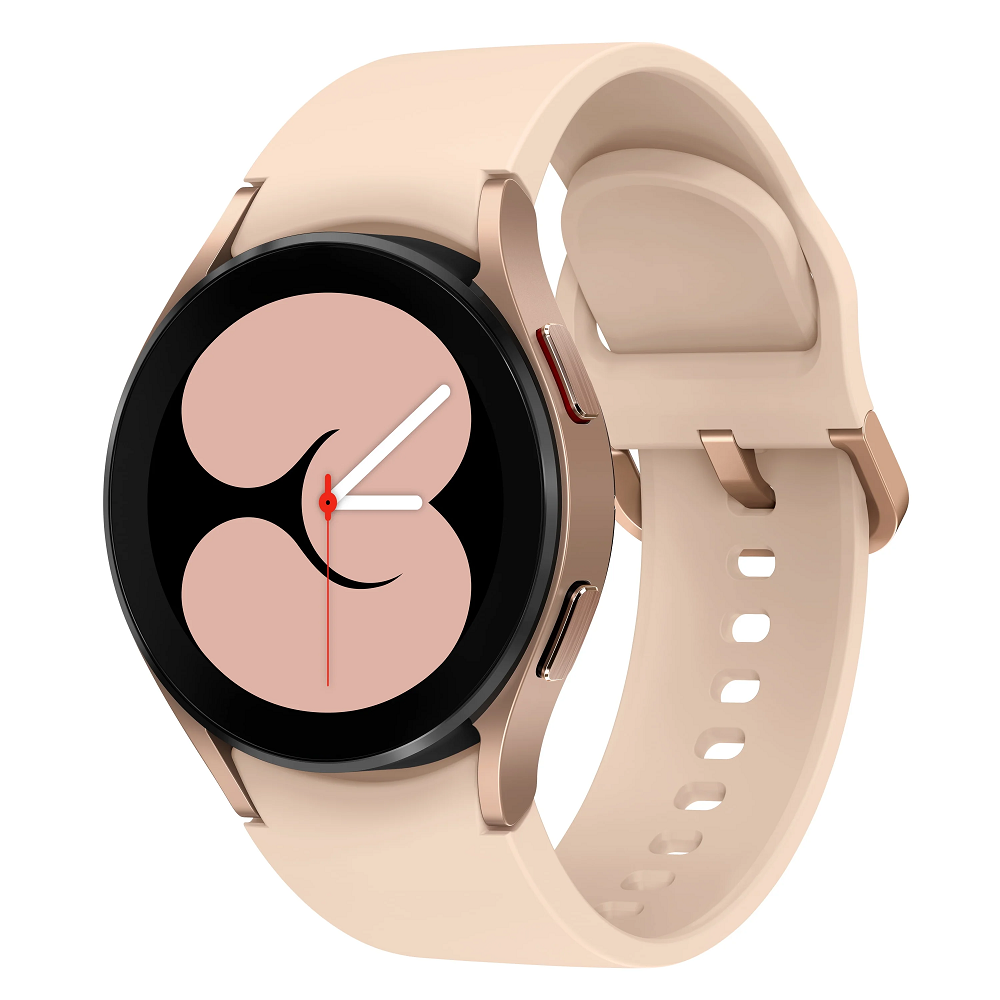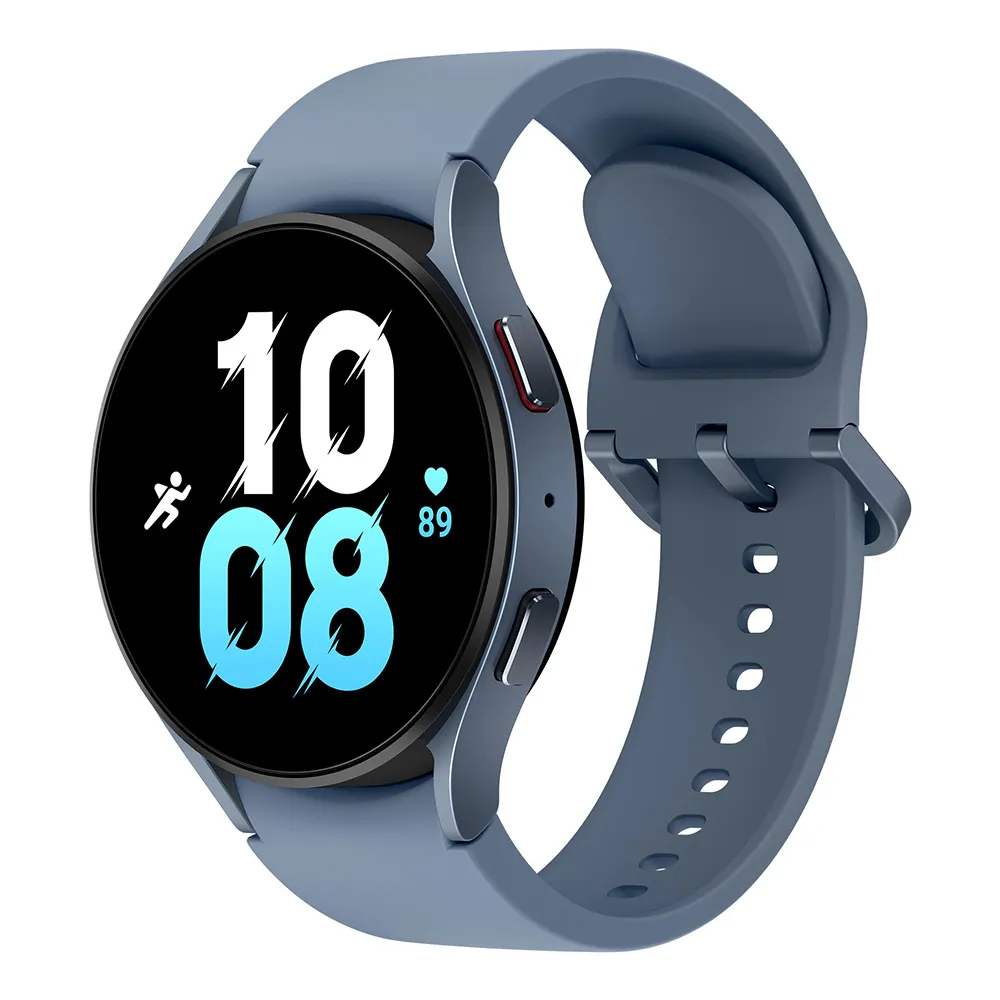Navigating Smartwatch Compatibility: Samsung vs. iPhone
In the age of wearable technology, smartwatches have become essential gadgets for many people. Among the several options available, Samsung watches stand out for their features, design, and integration with Android devices. However, iPhone users often wonder about compatibility when considering a Samsung watch. Does Samsung watch work with iphone? This article provides a detailed explanation of whether and how Samsung watches work with iPhones, including factors to consider, features, and solutions for maximizing compatibility.
Understanding Smartwatch Compatibility
The Basics of Smartwatch Compatibility
Smartwatches typically have specific operating systems that determine how well they integrate with smartphones. Samsung watches primarily run on the Tizen OS or the newer Wear OS powered by Samsung. In contrast, Apple watches run on watchOS, which is specifically designed for seamless integration within Apple’s ecosystem.
The key to effective smartwatch performance often lies in the compatibility between the watch and the smartphone’s operating system. Therefore, if you own an iPhone and are considering a Samsung watch, knowing the compatibility status can help you decide whether it’s the right purchase.
Common Compatibility Issues
iPhone users sometimes experience challenges when pairing their devices with non-Apple smartwatches. While many smartwatches communicate effectively with Android devices, iOS compatibility can be a different scenario. This disconnect often occurs because of the different ecosystems and the limitations imposed by Apple regarding third-party device integration. Users may encounter problems like limited functionality or an inability to access certain features if they try to use a Samsung watch with an iPhone.

Pairing a Samsung Watch with an iPhone
Compatibility of Samsung Watches with iPhones
In short, some Samsung watches do work with iPhones, but limitations exist. Most newer Samsung watches, such as the Galaxy Watch 3 and Galaxy Watch 4, have some level of compatibility with iOS. However, older models, including the Galaxy Watch Active and Galaxy Watch Active 2, also allow limited pairing. Users can download the Galaxy Wearable app from the App Store to facilitate the setup process.
Keep in mind that while pairing is possible, certain advanced features might not function properly. For example, notifications, music controls, and health tracking may not work as seamlessly as they would with a Samsung or Android device. Users should also feel comfortable with the idea that they might be unable to access specific apps or services native to Samsung watches if using them with an iPhone.
Installation and Setup Process
To get started with pairing a Samsung watch to an iPhone, follow these basic steps:
- Download the Galaxy Wearable App: Visit the App Store and download the Galaxy Wearable app. This app is essential for setup and management of your Samsung watch.
- Turn on Your Watch: Make sure your Samsung watch is powered on and ready for pairing. If you are using a new watch, follow the on-screen prompts to begin the setup process.
- Enable Bluetooth on Your iPhone: Open the settings on your iPhone and ensure that Bluetooth is activated. Your watch will need a Bluetooth connection to link with your device.
- Launch the Galaxy Wearable App: Open the app and follow the prompts to connect your watch. The app will guide you through the setup process, including granting necessary permissions.
- Finalize Pairing: Follow the on-screen instructions to complete the pairing process. After this step, your Samsung watch should sync with your iPhone, allowing you to access basic functions.
However, when using a Samsung watch with an iPhone, always be prepared for potential hiccups in functionality or connectivity.
Features Available with a Samsung Watch on iPhone
Notification Management
When paired with an iPhone, Samsung watches will still allow notifications to come through. You can receive alerts for text messages, calls, and app updates. This feature can be very useful for iPhone users who do not want to keep their phone constantly in hand.
However, users may notice differences in how notifications are managed. Notifications will appear on the watch, but actions such as replying to text messages may not be possible through the watch interface. Users often find they need to interact directly with their iPhone for complete functionality.
Fitness Tracking
Fitness tracking is another significant feature associated with Samsung watches. Basic health tracking features such as heart rate monitoring and steps count will generally work with an iPhone. However, synchronizing this data with third-party health apps can be limited.
In contrast to the seamless integration found with Samsung smartphones, iPhone users may find it less convenient to track their fitness data across various platforms. Users may want to check whether the Samsung Health app can effectively sync with Apple Health, as this could improve their overall experience.
Music and Media Control
Most Samsung watches allow users to control music and streaming services while paired with a smartphone. Users can play, pause, skip tracks, and control volume from the watch. If you listen to music on your iPhone, this feature remains functional.
Streaming services such as Spotify or Apple Music can also be accessed, although certain functionalities like downloading songs for offline listening could be restricted. Users should experiment with the apps to maximize their media control experience.

Limitations of Using Samsung Watches with iPhones
App Store Restrictions
While Samsung watches can connect with iPhones, the app availability may be limited. Many applications built specifically for Samsung wearables require more thorough integration with Android. Consequently, features like Bixby voice commands or Samsung Pay may not function at all.
Users should consider which app features are essential for their daily use. For example, if you rely heavily on Bixby to control smart home devices, pairing a Samsung watch with an iPhone might not meet your expectations. Always research the specific capabilities of a watch model before making a purchase.
Battery Life and Performance Issues
When using a Samsung watch with an iPhone, battery optimization may not function as efficiently as intended. For instance, certain notifications may require constant syncing, potentially leading to quicker battery drain. Users may notice their watches need to be charged more frequently, undermining the battery life benefits that come with smartwatches in general.
Understanding how your devices interact can help you minimize battery drain. Always ensure unnecessary background processes are closed and consider disabling features not in use.
Alternatives to Consider
Other Smartwatch Options for iPhone Users
If you seek a smartwatch that offers full compatibility and seamless integration with your iPhone, consider purchasing an Apple Watch. Apple Watch models are designed to provide the perfect user experience, allowing smooth synchronization with iOS and access to a full range of features.
Additionally, some other brands like Fitbit and Garmin offer compatible options for iPhone users. Many of these devices focus on fitness tracking, health monitoring, and notifications while ensuring they integrate smoothly with Apple’s ecosystem.
Smart Gear That Complements Samsung Watches
For users who already own Samsung watches and still want an enhanced experience, consider using smart home products and devices from the Samsung ecosystem. For example, connecting to Samsung SmartThings can create a smart home environment that complements the smartwatch experience, even when operating from an iPhone.
In this way, you can still benefit from the convenience of a Samsung watch while maximizing your overall smart home integration. Just keep in mind the limitations based on your primary smartphone choice.
Future of Compatibility
Evolving Technologies in Wearable Devices
As technology advances, brands are continually updating their software and products based on consumer demand. Samsung has made significant strides in improving compatibility across devices, and future software updates may further enhance the experience for iPhone users.
Samsung’s transition to Wear OS for some of its smartwatches indicates a potential shift toward greater compatibility with varied devices. This move reflects a response to consumer demands for enhanced functionality regardless of the operating system. It’s worth keeping an eye on developments in wearable tech to see how compatibility evolves.
Cross-Compatibility Trends
The trend toward cross-compatibility in smart devices is gaining momentum. More brands are beginning to recognize the need for their products to work synergistically across multiple platforms. Companies may prioritize inter-device synergy, ensuring that users can switch between brands and still enjoy functionalities that complement one another without limitations.
As user needs shift toward broader ecosystem functionality, the market will likely respond. This change suggests that the gap between brands may narrow, providing users with better options for their smart devices.
Making the Right Choice
Evaluating Your Needs
Does Samsung watch work with iphone? In summary, while Samsung watches can work with iPhones, users should weigh their options carefully. Both devices offer unique benefits, but compatibility is never as robust as with devices within the same ecosystem. This could lead to compromises in functionality that some users find unacceptable.
Before making a purchase, evaluate your specific needs. If you prioritize seamless integration with your iPhone, it might be more advantageous to choose an Apple Watch or another compatible device. On the other hand, if you appreciate Samsung’s design and features, consider whether the available functionality aligns with your lifestyle and usage.
Final Thoughts
Ultimately, the decision to use a Samsung watch with an iPhone boils down to personal preferences and priorities. While there are potential limitations and compatibility issues, many users find ways to make the pairing work for their needs. As technology evolves, possibilities for seamless functionality between different smart platforms will continue to improve, opening doors for enhanced user experiences in the wearable market.
